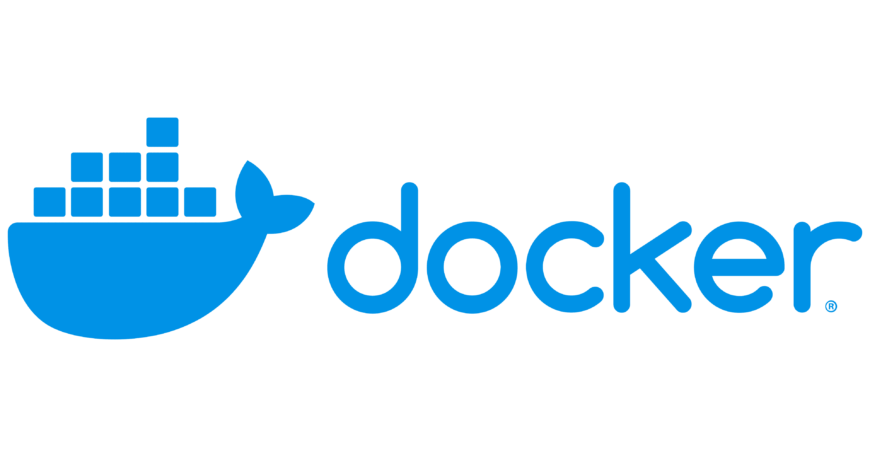Docker has revolutionized the way applications are developed, shipped, and run by encapsulating them into containers. Writing effective Dockerfiles is crucial for optimizing performance, security, and compatibility. Here’s a comprehensive guide on how to craft Dockerfiles with best practices, including why and how to create multi-architecture images, security considerations, and how to push these images to Docker Hub and AWS ECR.
A Dockerfile is a text document that contains all the commands a user could call on the command line to assemble an image. Here’s a basic structure:
# Use an official base image, e.g., Alpine for a minimal runtime
FROM alpine:3.14
# Set the working directory in the container
WORKDIR /app
# Copy the application dependency manifests to the container
COPY package.json .
# Install app dependencies
RUN npm install
# Bundle app source inside the Docker image
COPY . .
# Define the command to run your app
CMD ["node", "app.js"]
Why Multi-Architecture Images
-
Broad Compatibility:
- Universal Deployment: Multi-arch images allow your application to run on various hardware platforms without needing separate builds for each architecture (e.g., AMD64, ARM64, ARMv7, etc.).
- Cloud Native: Many cloud platforms offer services on multiple architectures, making your application more versatile for deployment across different cloud environments.
-
Performance Optimization:
- Native Execution: Running containers on the same architecture as the host can lead to better performance since the application can utilize the hardware’s native capabilities without emulation.
-
Future-Proofing:
- As new architectures emerge or gain popularity, your application can adapt seamlessly, reducing the need for significant refactoring or maintenance.
-
Reduced Maintenance:
- Instead of maintaining multiple Dockerfiles or images for different architectures, a single Dockerfile with multi-arch support simplifies updates and management.
-
Simplified CI/CD:
- Your CI/CD pipelines can use a single build process for all architectures, reducing complexity in your development and deployment workflows.
How to Implement Multi-Architecture Images
Multi-arch images can be built using Docker’s buildx feature:
docker buildx create --name mybuilder --use
docker buildx build --platform linux/amd64,linux/arm64 -t myimage:latest --push .
This command tells Docker to build for both AMD64 and ARM64 platforms, tagging the image as myimage:latest and pushing it directly to a registry.
Best Practices
-
Use Official Base Images:
- Choose lightweight, official images like alpine, slim, or buster to reduce the image size.
-
Keep Your Images Small:
- Minimize layers by combining RUN statements where possible.
- Use
.dockerignoreto exclude unnecessary files.
-
Multi-Stage Builds:
- Use multi-stage builds to create a compilation stage and a runtime stage. This keeps your final image clean by not including build tools or intermediate artifacts.
# Build stage FROM node:14 AS build WORKDIR /app COPY package.json ./ RUN npm install COPY . ./ RUN npm run build # Run stage FROM nginx:alpine COPY --from=build /app/build /usr/share/nginx/html EXPOSE 80 CMD ["nginx", "-g", "daemon off;"]
-
Security Considerations:
- Non-root User: Run containers as non-root users to limit privileges:
RUN adduser -D myuser USER myuser
- Minimize Exposure: Only expose necessary ports.
- Update and Patch: Use
RUN apk update && apk addfor Alpine, or equivalent for other bases, to get security patches. - Secrets Management: Avoid hardcoding secrets; use environment variables or Docker secrets.
-
Login to Docker Hub:
docker login
-
Tag Your Image:
docker tag myimage:latest mydockerhubusername/myimage:latest
-
Push to Docker Hub:
docker push mydockerhubusername/myimage:latest
-
Authenticate Docker to Amazon ECR:
aws ecr get-login-password --region YOUR-REGION | docker login --username AWS --password-stdin YOUR-ACCOUNT-ID.dkr.ecr.YOUR-REGION.amazonaws.com -
Tag Your Image for ECR:
docker tag myimage:latest YOUR-ACCOUNT-ID.dkr.ecr.YOUR-REGION.amazonaws.com/myimage:latest
-
Push to ECR:
docker push YOUR-ACCOUNT-ID.dkr.ecr.YOUR-REGION.amazonaws.com/myimage:latest
Conclusion
By adhering to these best practices and incorporating multi-architecture images into your containers strategy, you ensure that your applications are not only performant and secure but also versatile across different system architectures. Regularly audit your images for vulnerabilities, keep them updated, and leverage the power of CI/CD pipelines to automate the build and push process. This approach not only future-proofs your applications but also simplifies maintenance and deployment across various environments.



